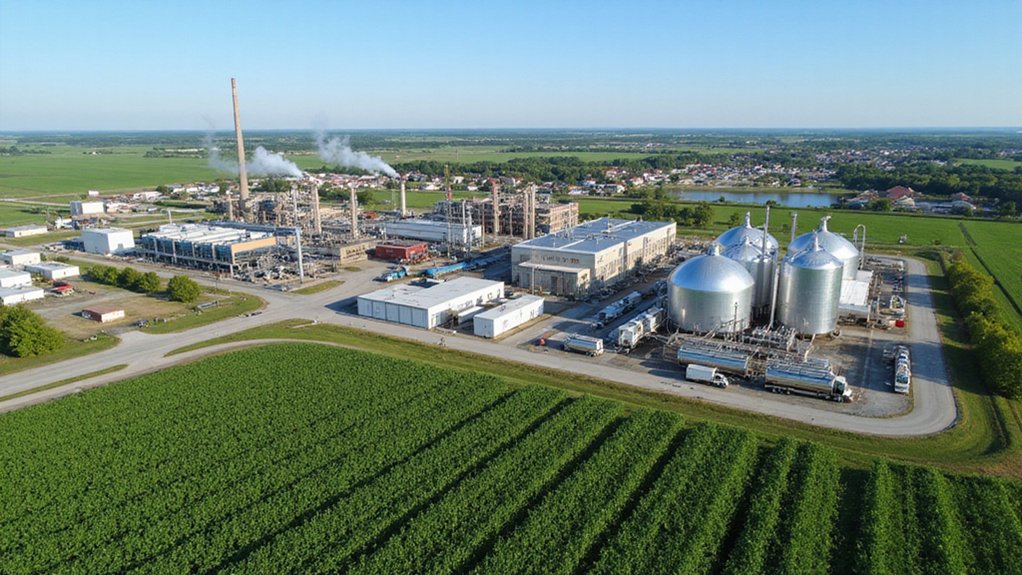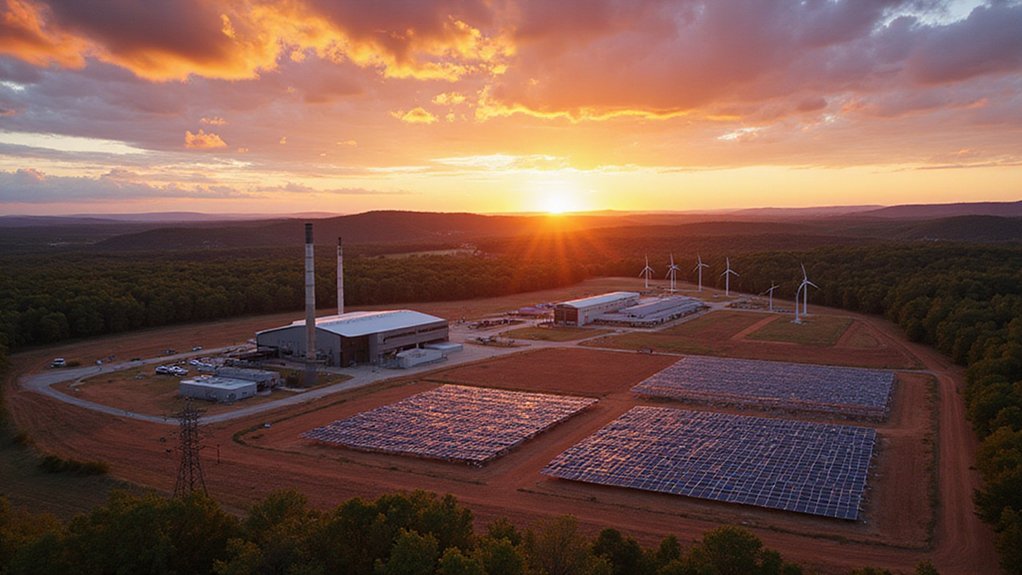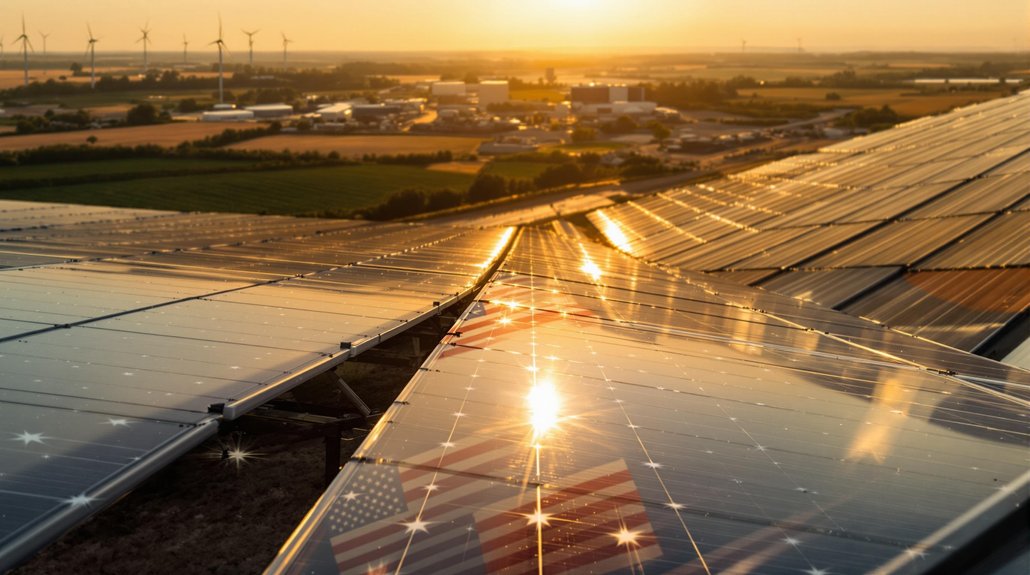America’s clean fuels industry is generating $42.4 billion in economic value with production reaching 4.7 billion gallons in 2024. Despite regulatory challenges, the sector could support 145,700 jobs and contribute $60.25 billion annually at projected capacity. Demand is growing across aviation, rail, shipping, and heating sectors. January 2025 saw production fall to a five-year low due to regulatory hurdles. The industry’s future hinges on policy stability and tax credit clarity.
While facing regulatory challenges and policy uncertainty, America’s clean fuels industry continues to grow, generating $42.4 billion in economic value to the U.S. economy as of May 2025. Production reached 4.7 billion gallons in 2024, supporting numerous jobs across the supply chain. The industry uses diverse feedstocks including recycled cooking oil, soybean oil, and animal fats.
Recent data shows the industry’s potential is even greater. Announced investments could increase capacity to 7.4 billion gallons in the near future. At this projected capacity, the sector could support 145,700 jobs and contribute $60.25 billion annually to the economy, according to GlobalData.
However, production in January 2025 fell to its lowest monthly level in five years. This decline stems largely from regulatory hurdles. The EPA set biomass-based diesel volumes at just 3.04 billion gallons for 2024, despite actual production of 4.6 billion gallons in 2023. Clean Fuels Alliance America has petitioned the EPA to reconsider these volumes.
January 2025 production hit five-year lows as EPA regulations set targets well below industry capacity, prompting formal reconsideration requests.
Tax credit uncertainty has also caused problems. Renewable diesel production dropped 17% below average monthly production in 2024. While the Treasury published some guidance on tax credits, it hasn’t finalized rules, leaving smaller producers struggling to understand the new system.
Despite these challenges, demand for clean fuels is growing across multiple sectors including aviation, rail, shipping, construction, and heating. These fuels provide cost-effective carbon and tailpipe emission reductions for fleet operators. The industry’s underutilized capacity represents significant lost opportunity, with approximately 116 million gallons of annual biodiesel production capacity currently idled.
The clean fuels industry operates within a broader energy shift. In recent years, the U.S. deployed a record-breaking $338 billion in clean energy technologies. There’s growing recognition that this sector must challenge China’s energy dominance to secure American energy independence. Renewable energy now provides 9.2% of total U.S. energy demand and 24% of electricity demand. The economic benefits reach far into rural communities, with oilseed production alone generating $15.3 billion in economic activity and supporting over 30,000 jobs in soybean-growing states.
Looking ahead, industry growth could bring greater returns to farmers, feedstock producers, and fuel producers. However, policy stability remains vital for the industry to reach its potential and meet increasing demand in an evolving energy environment.
References
- https://cleanfuels.org/new-study-shows-clean-fuels-industry-contributes-42-4-billion-to-us-economy/
- https://cleanfuels.org/clean-fuels-petitions-epa-to-reconsider-2024-and-2025-rfs-volumes/
- https://ocj.com/2025/03/clean-fuels-alliance-america-update/
- https://cleanfuels.org/clean-fuels-alliance-warning-expect-gridlock-ahead/
- https://bcse.org/wp-content/uploads/2025/02/2025-Sustainable-Energy-in-America-Factbook.pdf









